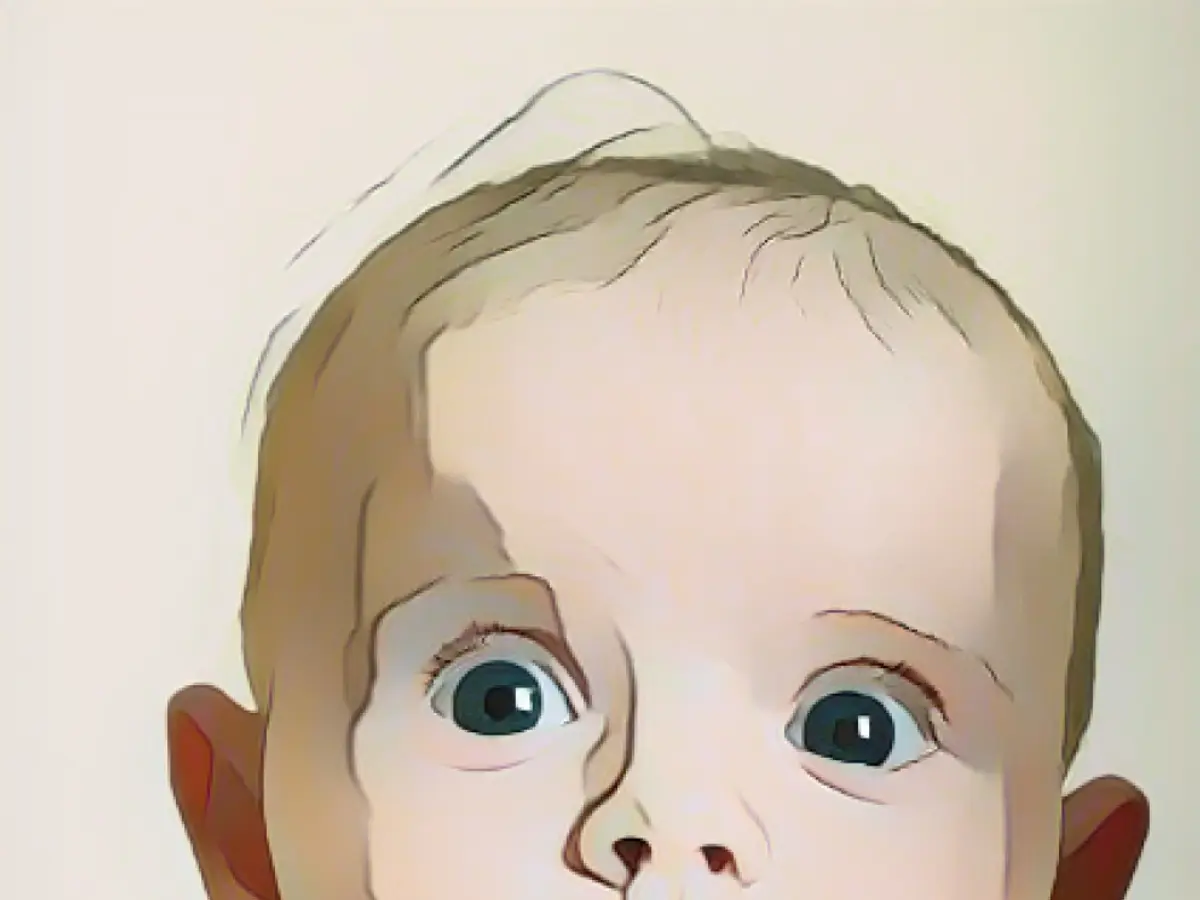Unveiling Infants' Unique Perspective on the World
Researchers from Japan have brought forth an interesting discovery: infants younger than six months are oblivious to optical illusions that older children and adults fall prey to. Their findings, published in the Proceedings of the Royal Society B journal, shed light on how our perception is shaped by expectations.
The study focused on a screen displaying red and green dots, where dots of a single color moved either in the same direction or in opposite directions, with the dots of the opposite color moving in opposite manner. Adults often perceive the red dots moving in one direction and the green dots moving in the opposite direction.
To assess infant reaction, the researchers presented a red or green dot screen to infants aged between five and eight months. The findings suggested that younger infants spend more time staring at the screen with dots moving in the same direction. Older infants, however, spent more time looking at the screen when the dots moved in both directions.
Shaping Our Perception
The results pointed towards younger infants' tendency to gaze longer at unfamiliar situations, indicating that older infants might have perceived the illusion but younger infants did not. Experts suggest that infant perception is less influenced by adult expectations compared to ours, as they have not built up such expectations.
Informative Insights
- Regular Eye Exams for Children: It's crucial for parents to consult with an optometrist or an optics advisor regularly from a young age to ensure optimal visual development for their children.
- The Significance of Pediatric Optometry: The field of pediatric optometry focuses on how children's eyes develop and how early visual experiences affect their vision and learning abilities for life.
- Visual Skills Development: Research suggests that regular engagement in activities like puzzles and simple games can help strengthen children's eyesight, improving overall visual processing abilities.
Additional Facts
Newborns possess limited visual acuity (approximately 20/400), and their visual system is not fully developed. Their depth perception and color recognition are not as refined as in adults. Infants develop depth perception by six months, but their understanding of object permanence (the concept that objects continue to exist even when out of sight) evolves gradually over a year.
Younger infants do not react to visual illusions as older children and adults do. This is due to still-maturing neural pathways responsible for processing and integrating visual information. As infants grow, their brains develop these complex mechanisms, enabling them to perceive visual illusions more effectively.
By three years old, children exhibit robust recognition abilities but their capability for global form perception is not fully mature. They are still developing their ability to extract meaning from sparse visual displays, with their performance improving significantly as they age.








